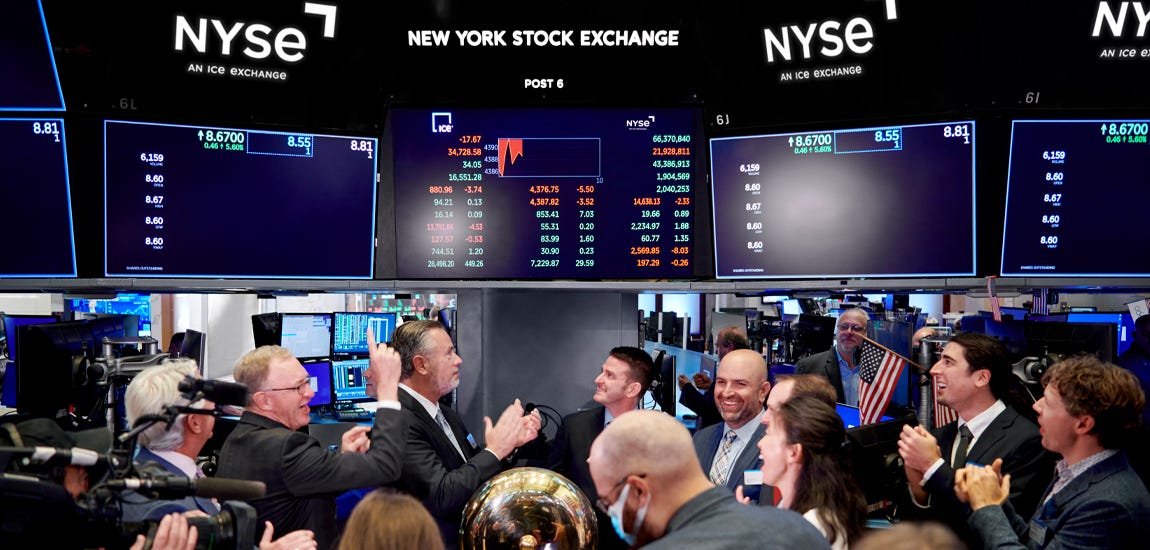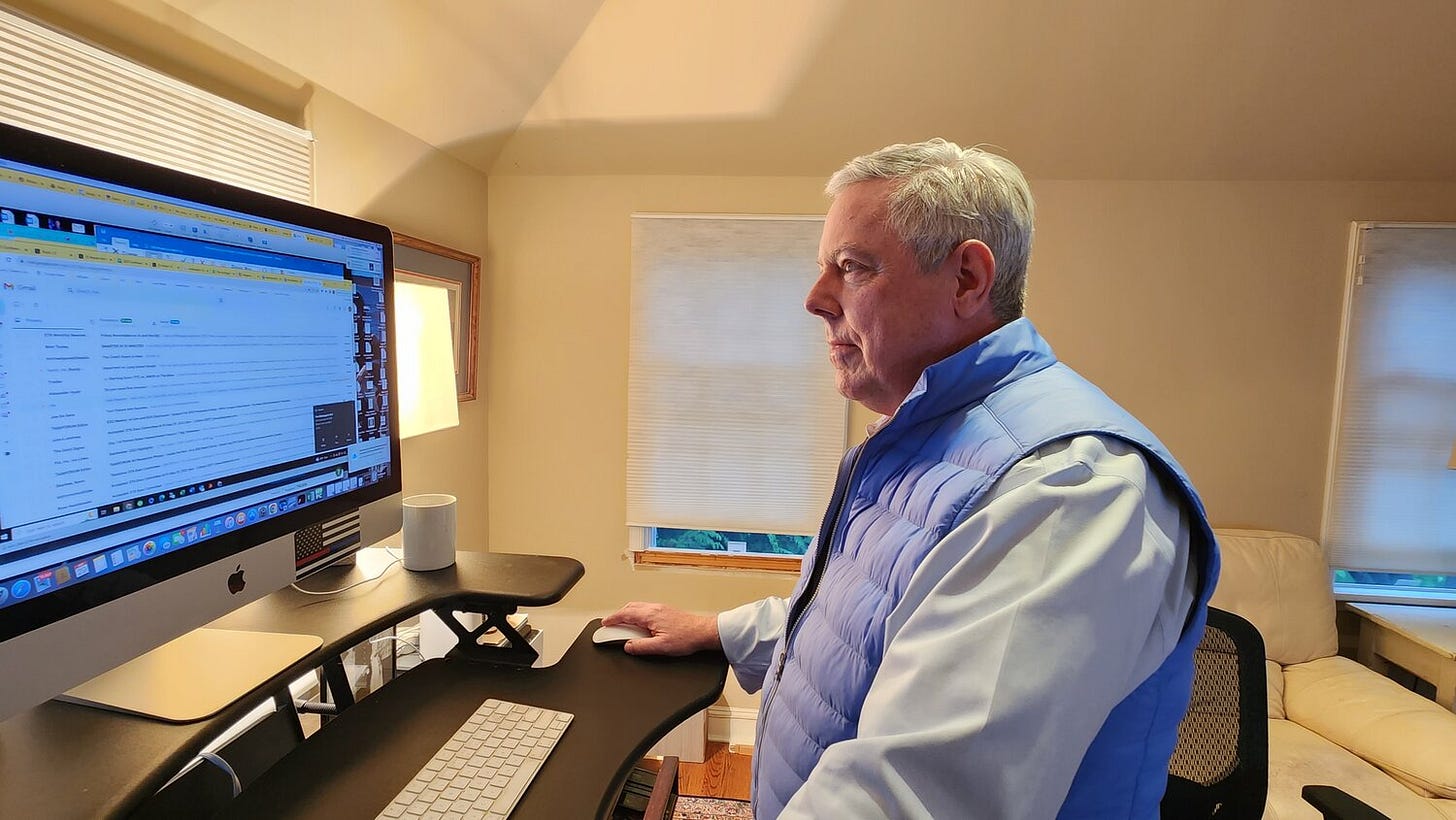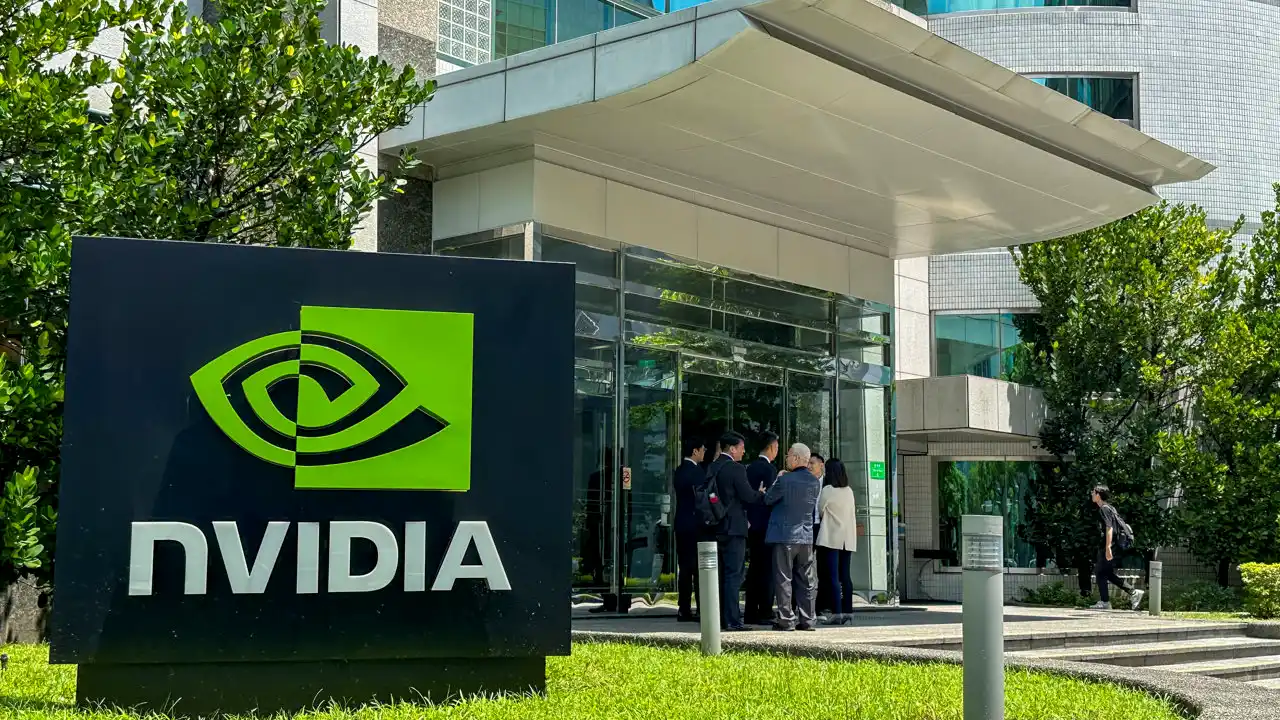
The New York Stock Exchange (NYSE) announced Friday its intent to extend trading hours on its electronic Arca platform to 22 hours a day, Monday through Friday, pending regulatory approval. This expansion would pause trading only from 11:30 p.m. to 1:30 a.m. ET, reshaping the trading landscape to accommodate growing demand from both U.S. and international investors.
NYSE’s proposed change, which would extend trading hours from the current 16-hour day, aims to capture a larger share of global trading volume and attract investors in other time zones. However, experts remain divided on the potential benefits and risks of longer hours.
Growing Demand for Extended Trading Hours
NYSE’s move comes as demand for after-hours trading reportedly grows. Kevin Tyrrell, NYSE’s head of markets, said the decision was supported by interactions with market participants and their analysis of trading patterns. “We believe our 22-5 extended plan is the right approach given current levels of investor demand and market infrastructure,” Tyrrell noted.
Others, such as Jim Toes, CEO of the Security Traders Association, are skeptical. “The demand by investors for overnight and weekend exchange trading is speculative,” Toes said, raising questions about the underlying demand for expanded trading hours.
Dmitri Galinov, former head of Credit Suisse’s dark pool and current CEO of 24X National Exchange, believes there is ample demand, particularly from overseas markets in South Korea, Japan, and Europe. “There are also U.S. retail traders who want to trade beyond the 8 p.m. cutoff,” he explained, referring to the current end of extended trading hours on the NYSE and Nasdaq.
Increased Volatility and Thin Trading Concerns
Not everyone in the financial community is eager about the idea. Extended trading hours raise concerns about lower liquidity and potentially greater volatility. Dennis Kelleher, CEO of Better Markets, worries that thin trading volumes could widen bid-ask spreads and disadvantage retail investors, who may lack real-time information advantages that institutional traders hold.
“All of that will be compounded by the increased use of AI, predictive analytics, and gamification on apps,” Kelleher noted, emphasizing that impulsive trading decisions during low-volume periods might be detrimental to retail investors.
Jay Woods, a former designated market maker on the NYSE floor, echoed these concerns. “Prop traders [proprietary traders] are salivating over this because they’ll have the chance to trade against retail traders in very thin volume,” he said, adding that liquidity issues could compromise the market’s health.
Competition Heats Up for Global Investor Attention
NYSE is not alone in its bid for round-the-clock trading. Competition has intensified as other firms push for longer trading hours. Robinhood, for instance, already allows some after-hours trading via Blue Ocean Technologies. Blue Ocean’s alternative trading system faced a halt in August amid a surge in global market volatility, highlighting the operational risks of extended trading.
Galinov’s 24X National Exchange, currently seeking SEC approval for nearly round-the-clock trading, amended its proposal to operate five days per week instead of seven. The SEC’s decision, expected by November 29, could serve as a bellwether for future market shifts toward 24-hour trading.
Regulatory Approval and Market Infrastructure Challenges
Before the NYSE’s plan can proceed, it must obtain SEC approval, which may take up to 240 days. The exchange also needs support from securities information processors (SIPs) that manage and consolidate trade data across U.S. stock exchanges. Tyrrell said the NYSE would seek SIPs’ backing, but emphasized that infrastructure updates could add further delays.
As NYSE files its proposal with the SEC, the debate over nearly continuous trading is likely to intensify. Extended trading hours promise greater accessibility and liquidity for some investors, yet carry potential pitfalls for retail participants who may be trading in thinly traded markets. Whether these new hours would be a net positive for the financial community remains to be seen.





























